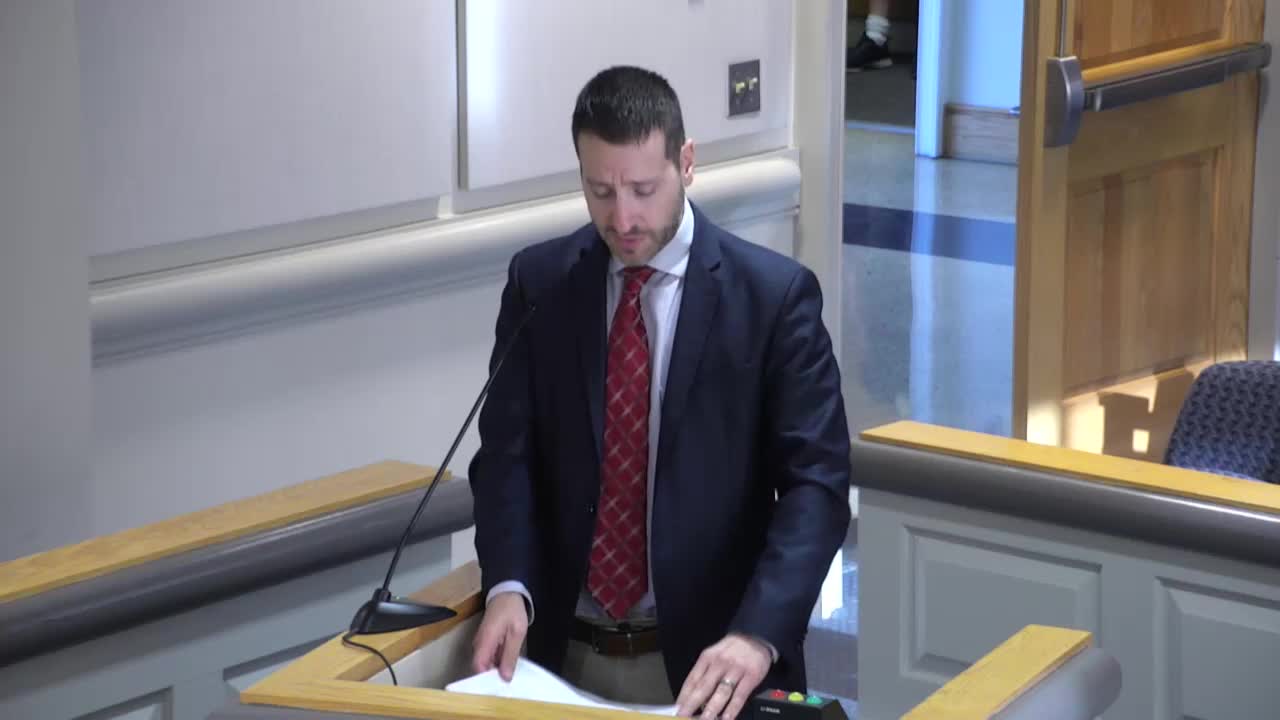Prince George County updates solar energy siting policy to restrict acreage outside M3 zone
May 22, 2025 | Prince George County, Virginia
Thanks to Scribe from Workplace AI , all articles about Virginia are free for you to enjoy throughout 2025!

This article was created by AI using a video recording of the meeting. It summarizes the key points discussed, but for full details and context, please refer to the video of the full meeting. Link to Full Meeting
The primary agenda item was a proposed amendment to the comprehensive plan that seeks to lower the maximum acreage limit for large-scale solar energy facilities outside the M3 zoning district. This change aims to align the county's policies with the acreage of previously approved solar projects. Currently, there are 4,123 acres of solar facilities in the county, leaving only 480 acres available before reaching the established cap.

Before you scroll further...
Get access to the words and decisions of your elected officials for free!
Subscribe for FreeThe discussion highlighted that the county's siting policy, adopted in 2020 and incorporated into the comprehensive plan in 2022, was intended to guide solar developers in planning and operating new facilities. However, the board expressed a desire to restrict new solar facilities to the M3 zoning district, effectively closing the door on additional projects in other areas unless they meet specific criteria.
Staff presented a detailed overview of the proposed changes, emphasizing that the revised policy would clearly state that new solar facilities are only acceptable in the M3 zone, which is designated as the preferred location for such developments. The current policy allowed for the possibility of accepting facilities outside this zone, leading to confusion and proposals in less suitable areas.
The commission reviewed the differences between the existing and proposed policies, noting that the new guidelines would also address special agreements between the county and solar developers, which were not previously covered. Additionally, the revised policy aims to introduce new design standards tailored for the M3 zoning district.
Following the presentation, the public hearing was opened, but no comments were received. The commission then moved to recommend approval of the comprehensive plan amendment, which was unanimously supported by the members present.
In conclusion, the meeting underscored the county's commitment to refining its solar energy policies to ensure that future developments align with community standards and zoning preferences. The next steps include holding a public hearing for further community input and continuing the process of updating the zoning ordinance to reflect these changes.
Converted from Prince George County - Planning Commission - May 22, 2025 meeting on May 22, 2025
Link to Full Meeting
Comments
View full meeting
This article is based on a recent meeting—watch the full video and explore the complete transcript for deeper insights into the discussion.
View full meeting




